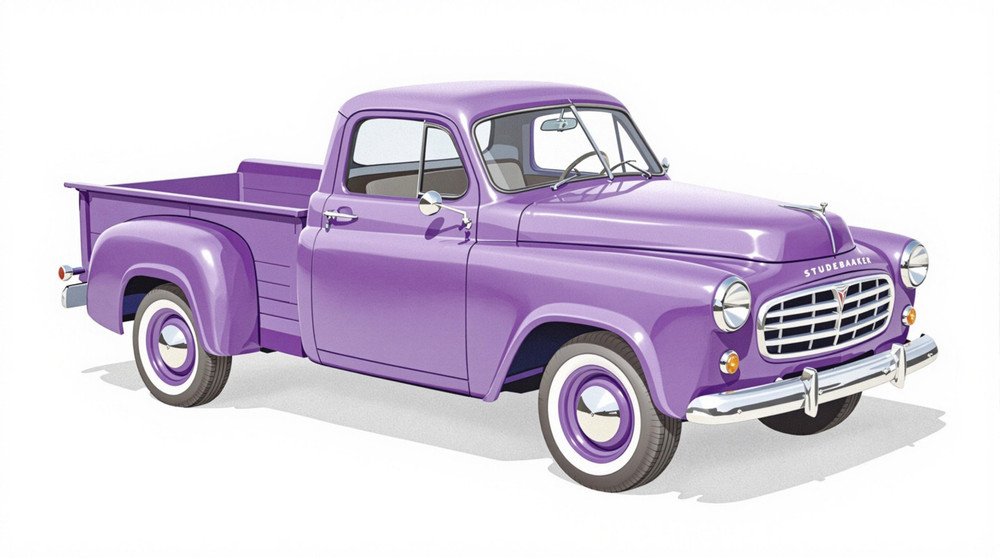Image of 1956 Studebaker Transtar, Note: These illustrations use artistic license and may differ from actual historical models.
Performance Metrics
Fundamental Metrics
Emotional Appeal
MMP Rating
| Engine Specifications | |
|---|---|
| Engine Options: | 224 V8, 259 V8 |
| Displacement Range: | 224-259 cubic inches |
| Horsepower Range: | 140-185 hp |
| Torque: | 210-260 lb-ft |
| Compression Ratio: | 7.5:1 |
| Ignition System: | Distributor and coil |
| Cooling System: | Liquid-cooled |
| Performance Specifications | |
| 0-60 Time: | Estimated 12-15 seconds |
| 1/4 Mile Time: | Estimated 18-20 seconds |
| Top Speed: | 90-100 mph |
| Transmission and Drive | |
| Drive Type: | Rear-wheel drive |
| Transmission Type: | 3-speed manual, optional overdrive |
| Fuel and Efficiency | |
| Fuel System Type: | Carburetor |
| MPG: | Estimated 10-15 mpg |
| Dimensions and Brakes | |
| Brakes: | Drum brakes |
| Wheelbase: | 116 inches |
| Weight: | 3,200-3,500 lbs |
Note: Specifications for classic cars are given to the best of our ability, considering the limited and variant data available.
The Stalwart Workhorse: 1956 Studebaker Transtar
The 1956 Studebaker Transtar doesn't just roll off the assembly line—it roars onto the highways of history, embodying the rugged spirit of mid-century American ingenuity. Born in an era when trucks were becoming as essential as the workers who drove them, the Transtar was Studebaker's answer to the nation's growing demand for reliable commercial vehicles. With its origins deeply rooted in South Bend, Indiana, this classic truck was manufactured by a company that had been shaping the automotive landscape since the days of horse-drawn carriages. A unique fact that sets the Transtar apart is its role in pioneering the use of high-capacity V8 engines in pickup trucks, a move that would influence the industry for decades.
Design and Innovation
The 1956 Studebaker Transtar's exterior styling was a harmonious blend of form and function. Its distinctive front grille, with a prominent central emblem flanked by sleek horizontal bars, projected a sense of strength and reliability. The body was sculpted with clean lines that flowed from the hood to the rear, giving it an aerodynamic profile unusual for trucks of that time. Inside, the cabin was straightforward and utilitarian, yet it boasted quality materials that have stood the test of time. The bench seat, often clad in durable fabrics, provided comfort for long hauls. Technologically, the Transtar was ahead of its time with its powerful V8 engine option and Twin-Traction differential, a feature that enhanced its capability on slippery roads. Color options ranged from subtle to striking, with Egyptian Gold and Velvet Black being popular choices among them. The most iconic body style was arguably the half-ton pickup, which perfectly balanced utility with Studebaker's signature elegance.
Historical Significance
The Transtar's impact on automotive design was profound. It challenged the status quo by offering car-like features and performance in a commercial vehicle. Its V8 engine option not only set a new standard for power but also demonstrated Studebaker's commitment to innovation. This truck's legacy is evident in how modern pickups blend comfort and power, a concept that the Transtar championed during its time.
Performance and Handling
Performance-wise, the 1956 Studebaker Transtar was no slouch. With a top speed that could reach over 80 mph—a respectable figure for trucks of the era—and acceleration that could take it from 0-60 mph in under 20 seconds with the right engine choice, it was quite spirited for its class. The Transtar handled bumps with a sturdy grace, thanks to its robust suspension system, while its steering provided a sense of connection with the road. Driving a Transtar was an experience filled with the throaty rumble of its engine and a ride quality that blended toughness with surprising comfort.
Ownership Experience
Owners of the 1956 Studebaker Transtar used their vehicles for everything from daily work duties to leisurely Sunday drives and even competitive racing in modified forms. Its reliability was a strong point, though maintenance could be challenging due to the scarcity of parts after Studebaker ceased operations in the mid-1960s. However, for those who could keep them running, Transtars proved to be enduring companions on the road.
Fun Facts
The Transtar holds a special place in automotive history with some models being sought after by collectors for their rarity and unique features, such as factory-installed superchargers. While not known for breaking speed records, it did set benchmarks for what customers could expect from a utility vehicle. Criticisms were few but did include its fuel consumption—a common trait for vehicles of its size and power during that period.
Collector's Information
Today, the 1956 Studebaker Transtar remains a cherished collectible, with values ranging significantly based on condition, originality, and historical significance. While production numbers were not as high as some of its competitors, it is estimated that several thousand were produced. As for value, well-maintained examples can fetch anywhere from $15,000 to over $40,000 at auction or private sale, with prices generally appreciating over time as these trucks become rarer and more desirable among classic vehicle enthusiasts.
Conclusion
The 1956 Studebaker Transtar stands as a testament to a bygone era of American automotive craftsmanship—a time when trucks began to bridge the gap between workhorse and family vehicle. Its blend of style, power, and innovation has cemented its place in history as a beloved classic that continues to capture the imaginations of collectors and enthusiasts alike.
1956 Studebaker Transtar Catalog of Parts
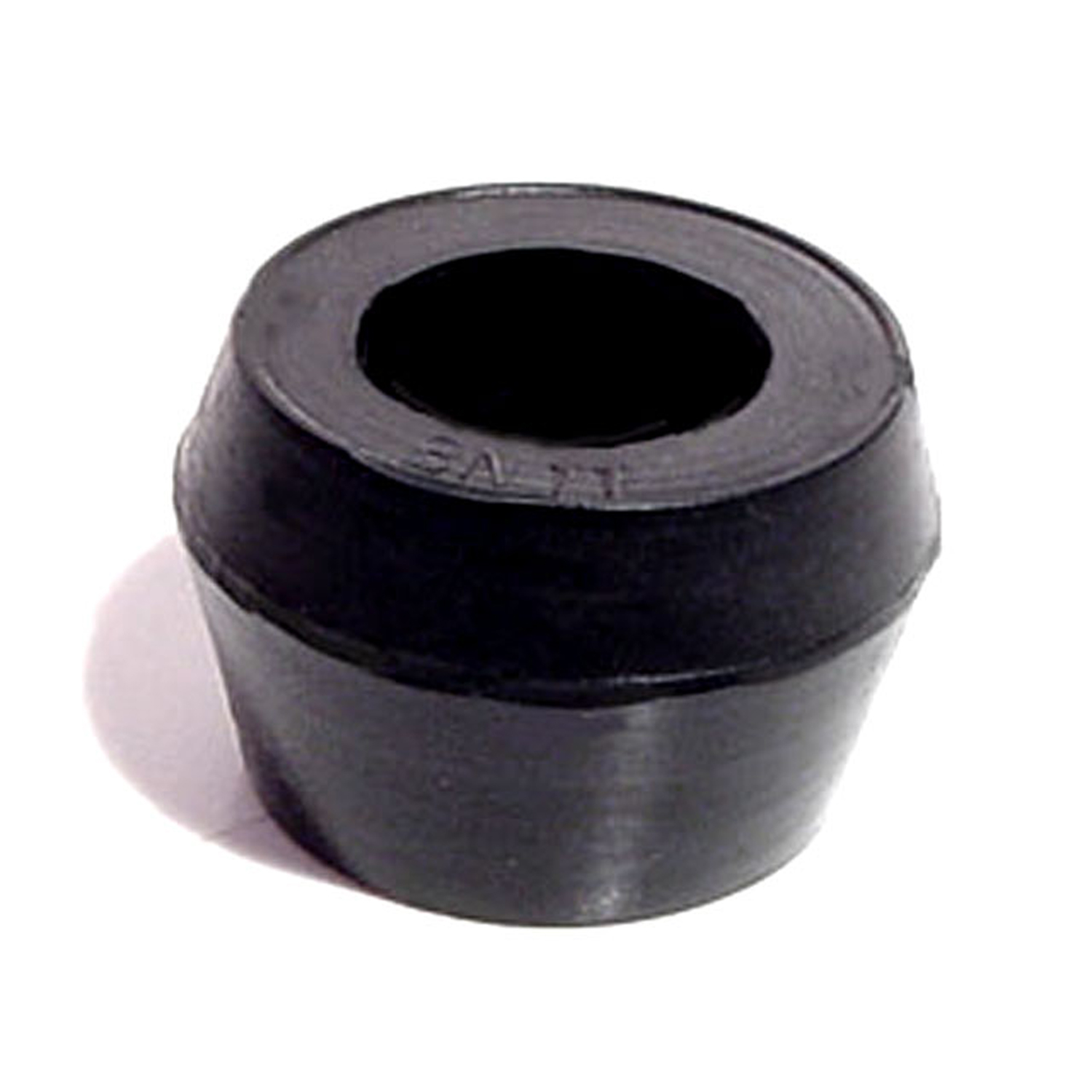 1956 Studebaker Transtar Shock Absorber Grommet. 1" bottom O.D-BN 11Shock Absorber Grommet. 1" bottom O.D., 3/4" high, with 5/8" I.D. Each
1956 Studebaker Transtar Shock Absorber Grommet. 1" bottom O.D-BN 11Shock Absorber Grommet. 1" bottom O.D., 3/4" high, with 5/8" I.D. Each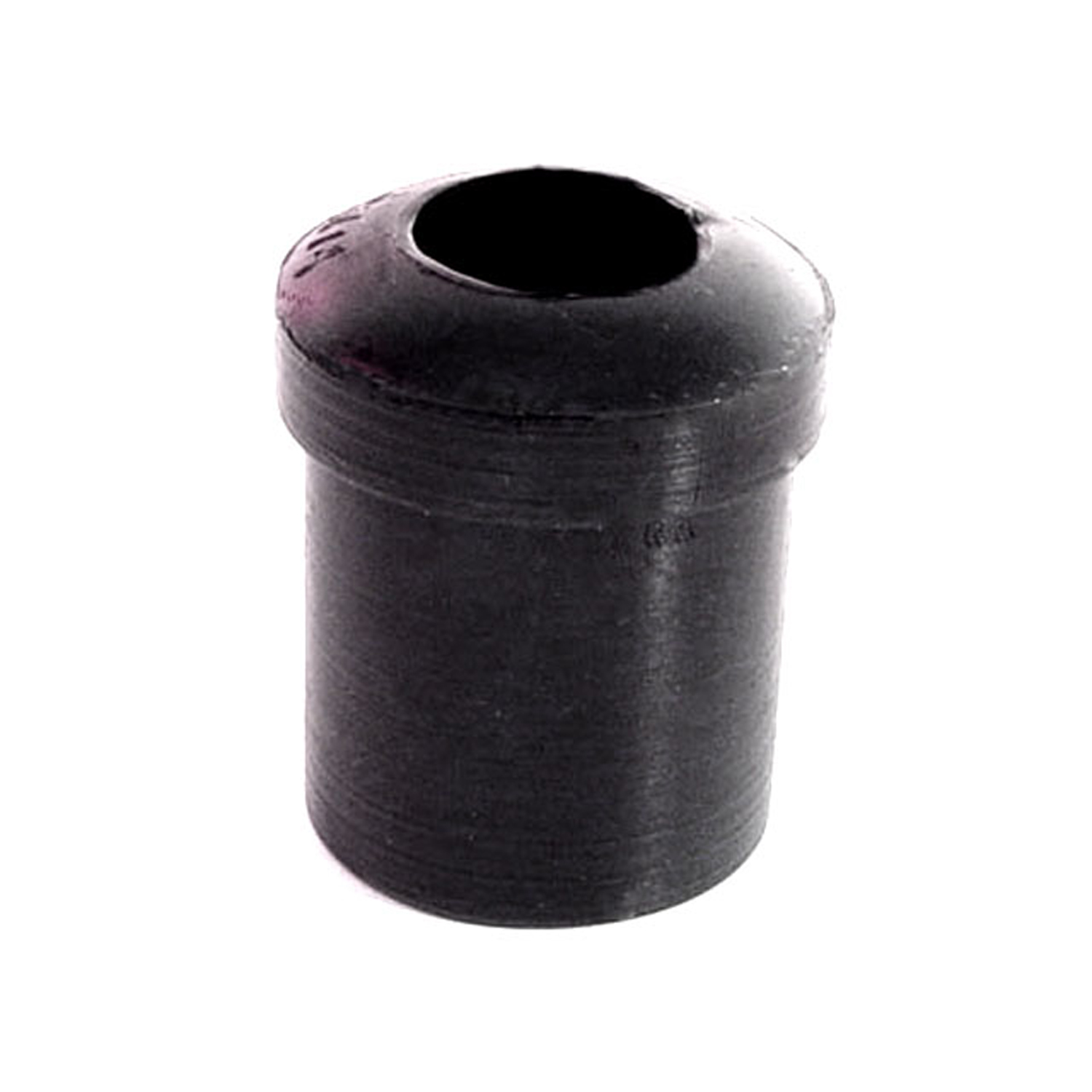 1956 Studebaker Transtar Spring and Shackle Bushing. 1-1/16" bottom O.D-BN 14Spring and Shackle Bushing. 1-1/16" bottom O.D. X 1-1/2" high, with 5/8" I.D. Each
1956 Studebaker Transtar Spring and Shackle Bushing. 1-1/16" bottom O.D-BN 14Spring and Shackle Bushing. 1-1/16" bottom O.D. X 1-1/2" high, with 5/8" I.D. Each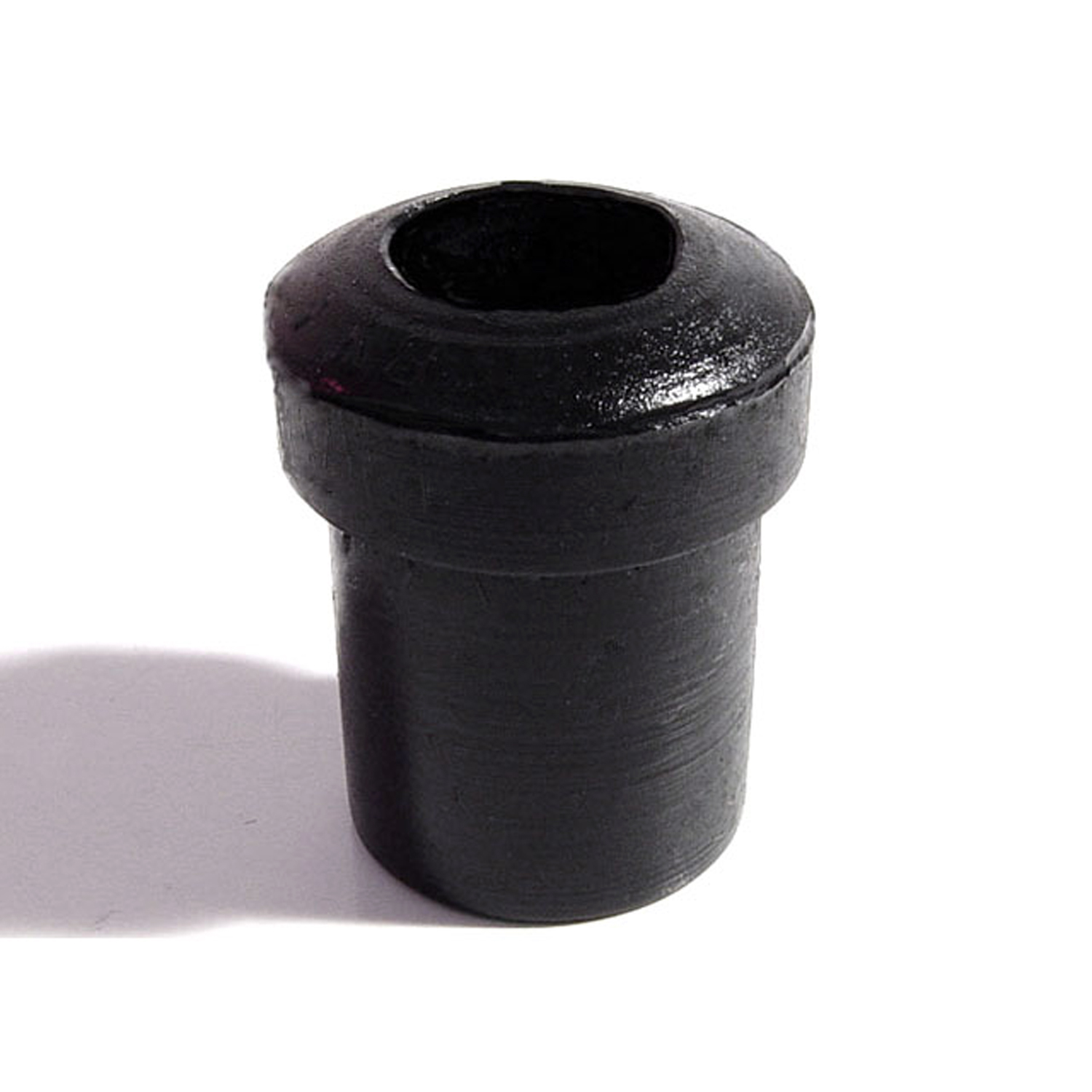 1956 Studebaker Transtar Spring and Shackle Bushing. 7/8" bottom O.D-BN 16Spring and Shackle Bushing. 7/8" bottom O.D. X 1-1/8" high, with 1/2" I.D. Each
1956 Studebaker Transtar Spring and Shackle Bushing. 7/8" bottom O.D-BN 16Spring and Shackle Bushing. 7/8" bottom O.D. X 1-1/8" high, with 1/2" I.D. Each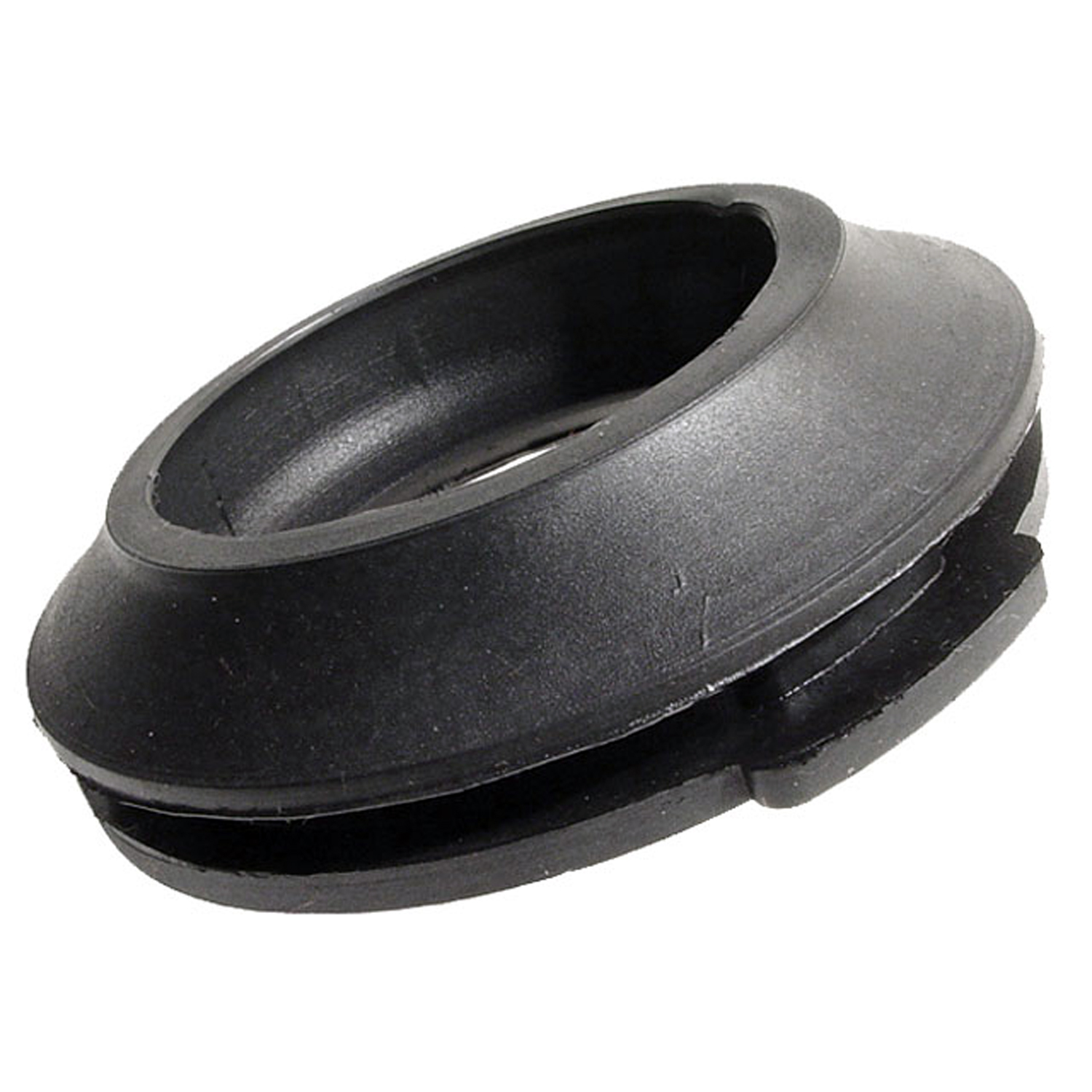 1956 Studebaker Transtar Gas Filler Grommet. Perfect reproduction. Top 2-1/16" I.D-GF 45Gas Filler Grommet. Perfect reproduction. Top 2-1/16" I.D., 3-7/16" O.D. Each
1956 Studebaker Transtar Gas Filler Grommet. Perfect reproduction. Top 2-1/16" I.D-GF 45Gas Filler Grommet. Perfect reproduction. Top 2-1/16" I.D., 3-7/16" O.D. Each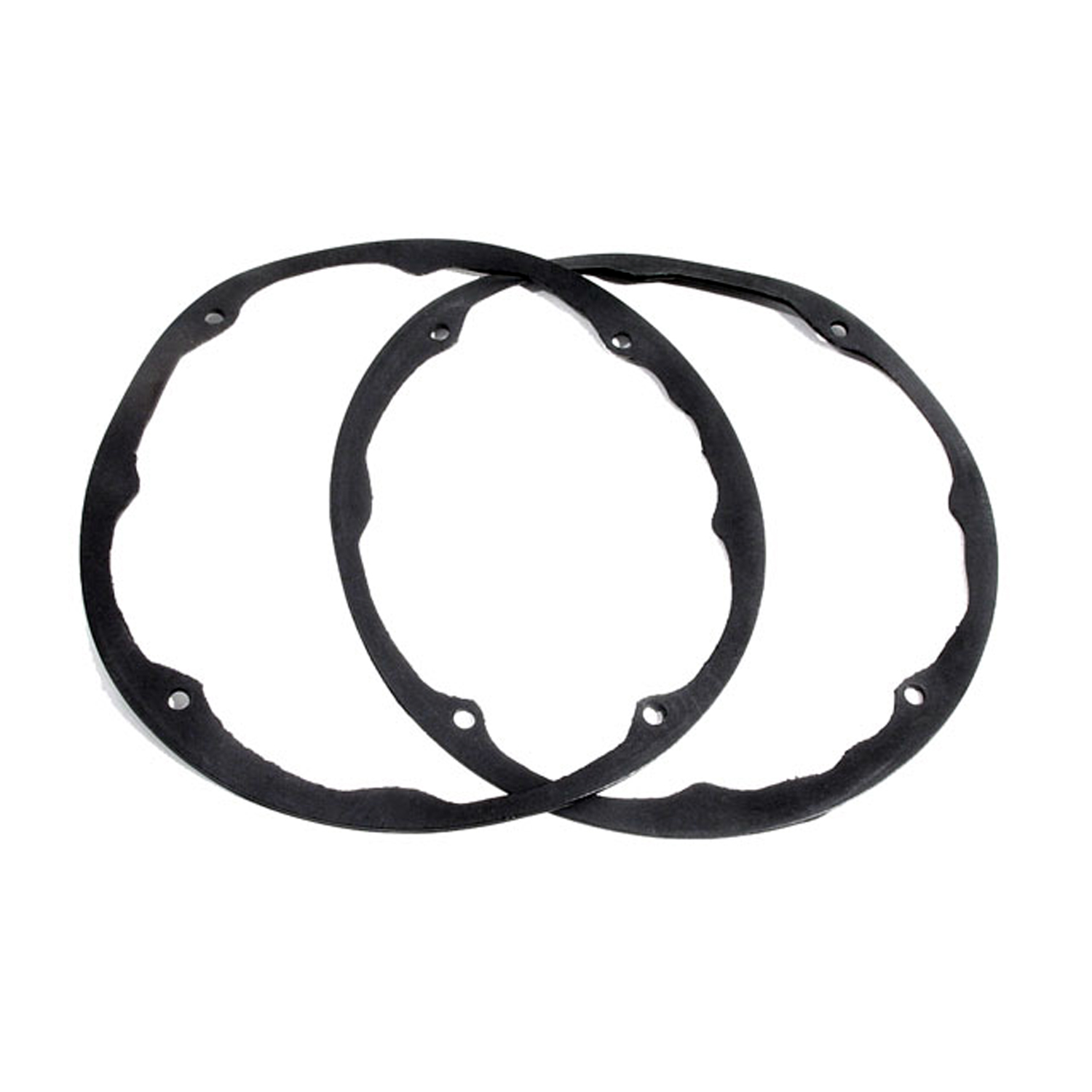 1956 Studebaker Transtar Headlight Ring Seal. 8-5/8" O.D., 7-7/8" I.D. Pair-HR 16Headlight Ring Seal. 8-5/8" O.D., 7-7/8" I.D. Pair
1956 Studebaker Transtar Headlight Ring Seal. 8-5/8" O.D., 7-7/8" I.D. Pair-HR 16Headlight Ring Seal. 8-5/8" O.D., 7-7/8" I.D. Pair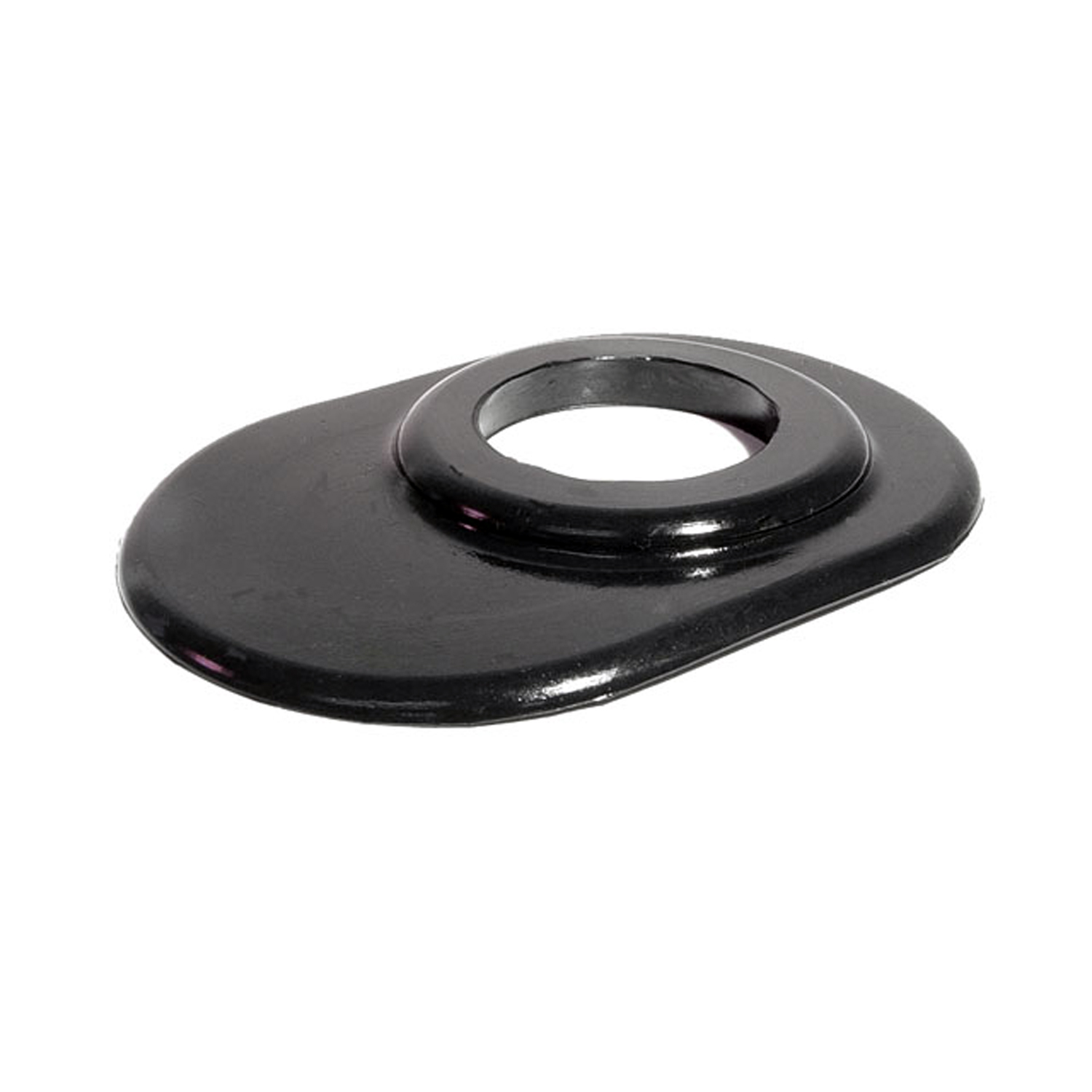 1956 Studebaker Transtar Steering Column Grommet. For 4-speed models. Each-SC 24Steering Column Grommet. For 4-speed models. Each
1956 Studebaker Transtar Steering Column Grommet. For 4-speed models. Each-SC 24Steering Column Grommet. For 4-speed models. Each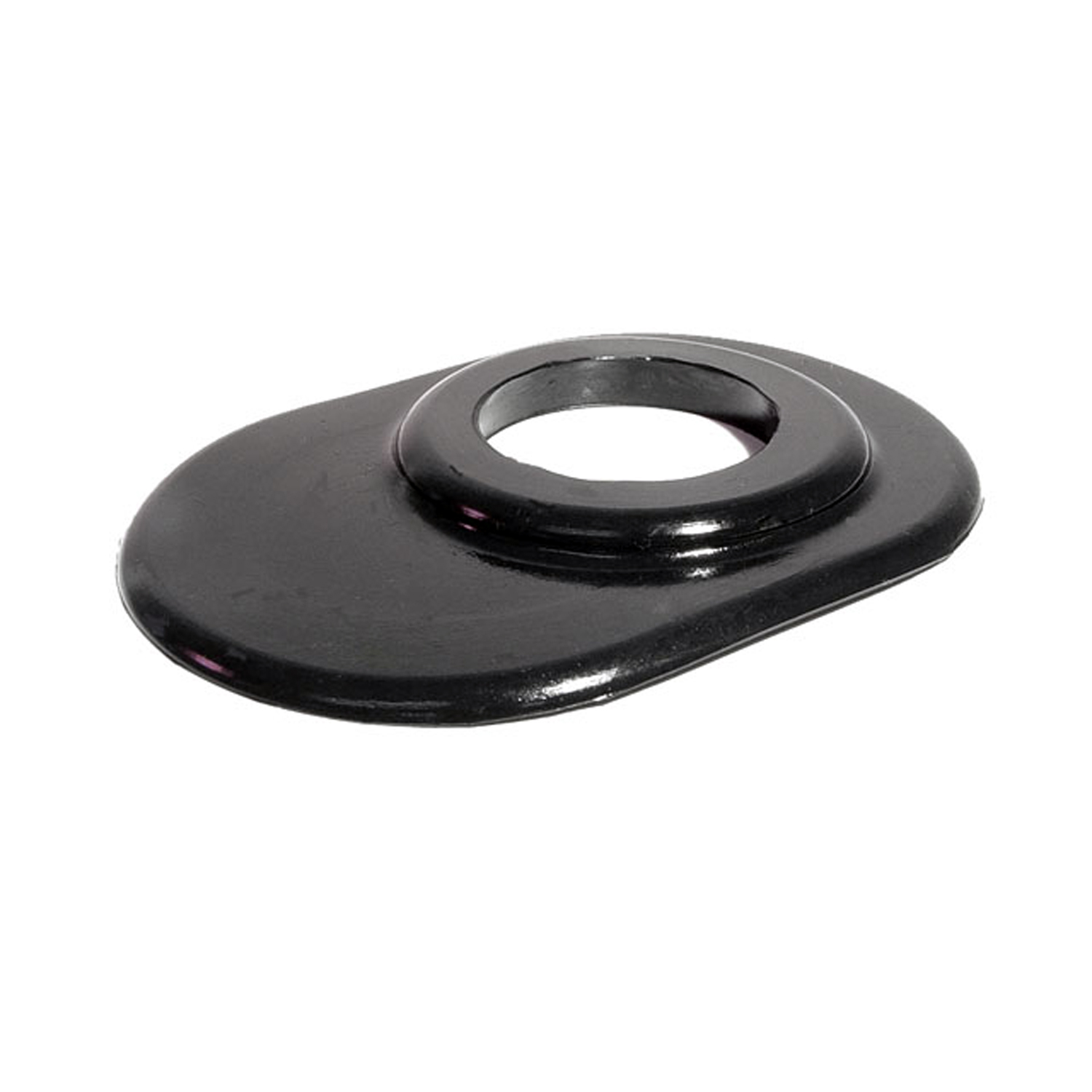 1956 Studebaker Transtar Steering Column Grommet. For 3-speed models. Each-SC 24-ASteering Column Grommet. For 3-speed models. Each
1956 Studebaker Transtar Steering Column Grommet. For 3-speed models. Each-SC 24-ASteering Column Grommet. For 3-speed models. EachWhy Choose Metro?
For over 100 years, Metro Moulded Parts has been the pinnacle of quality in classic car restoration parts. Our commitment to precision and authenticity in every component ensures a perfect fit and an OEM-level appearance.
- Expert Craftsmanship & Quality: Each part is a testament to our dedication to reliability and perfection, crafted from original designs and thoroughly tested.
- Advanced Technology: We use cutting-edge techniques to create flawless, long-lasting parts that surpass others in performance.
- SuperSoft Sponge – The Ultimate Door Seal: Not only are our door seals 30% softer than competitors', but they're also guaranteed to never leak. They effectively reduce wind and road noise, enhancing your classic car's comfort and driving experience.
- Proudly American: Our parts are a product of American craftsmanship, made in the USA with a spirit of excellence and heritage.
- Unrivaled Warranty: We back our products with a 30-year industry-leading warranty, a testament to our confidence in their quality.
Join us in preserving the legacy of classic cars with parts that are crafted for perfection, not just made.

